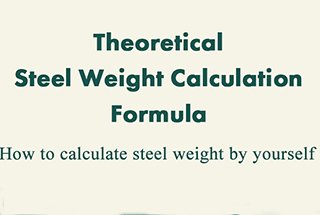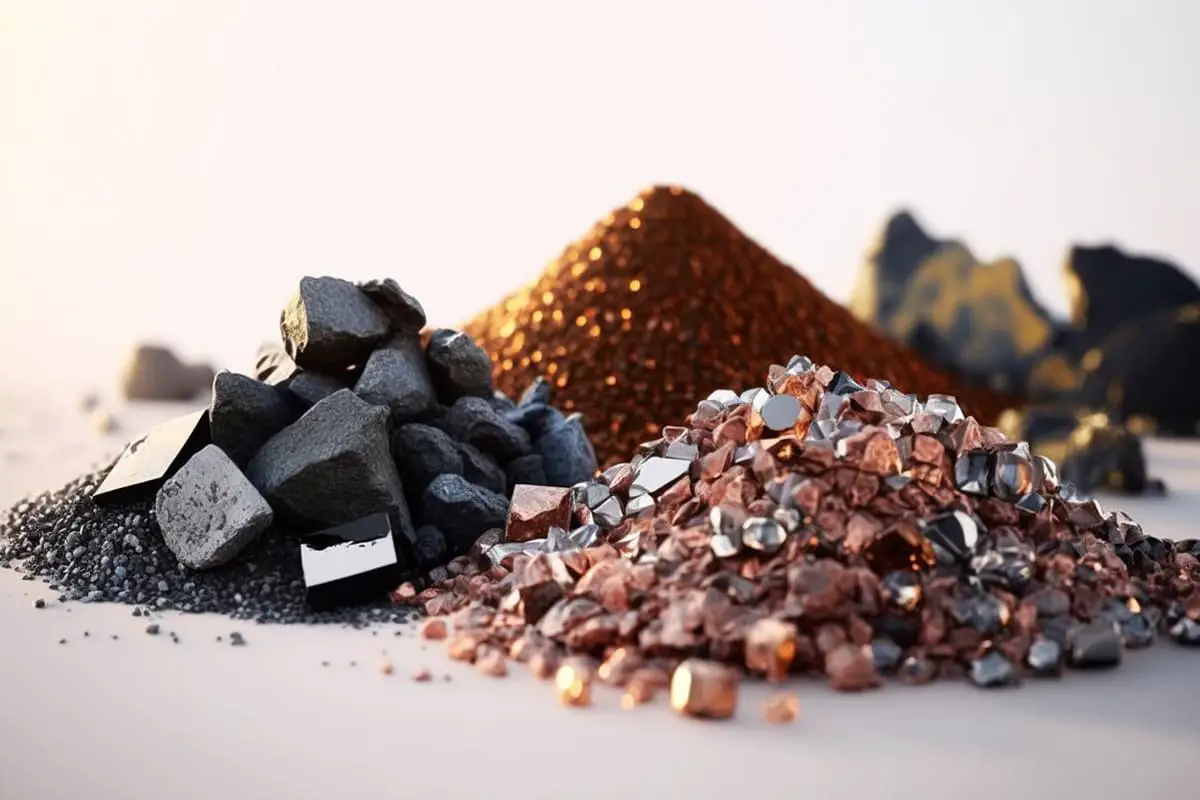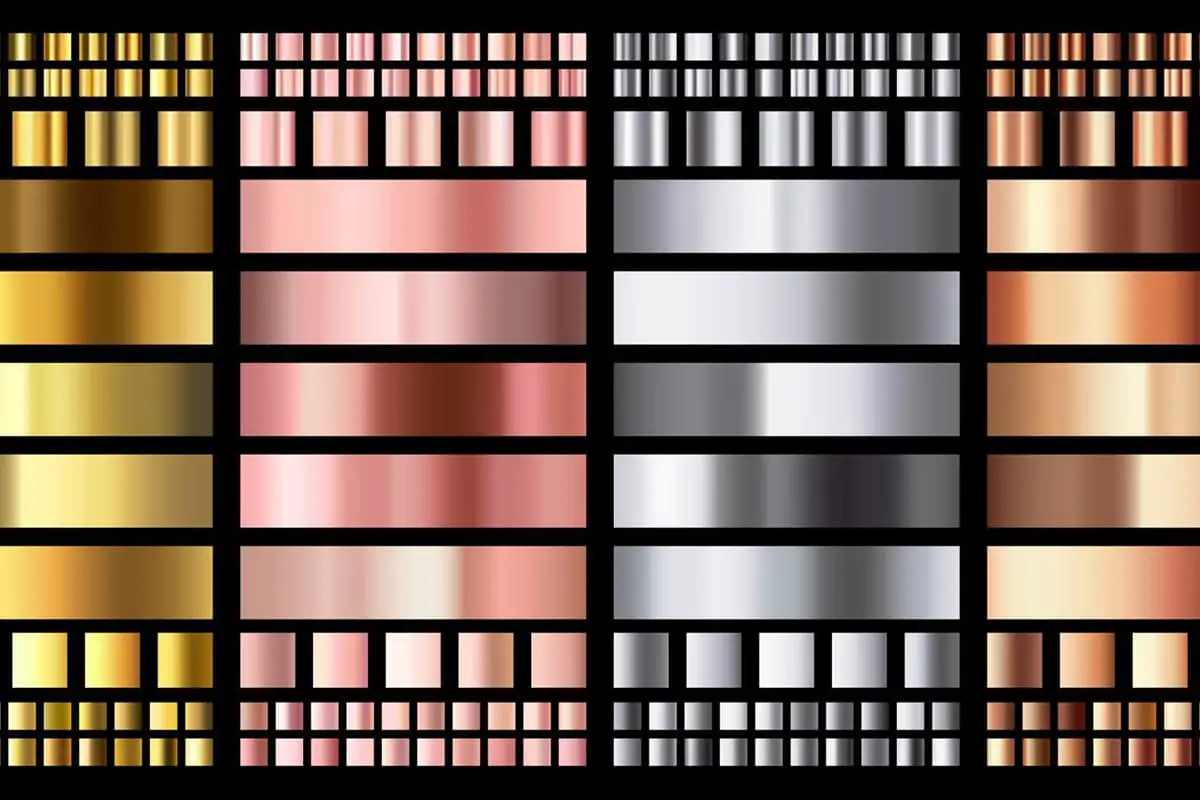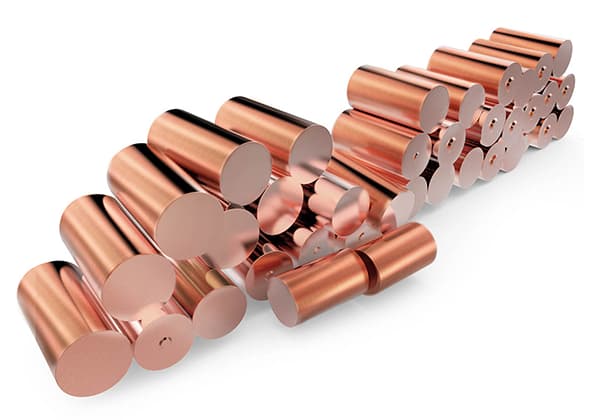
Have you ever wondered how the weight of gold is calculated? In this article, we’ll explore the fascinating world of gold measurement, from ounces to grams, and uncover the secrets behind accurate calculations. Get ready to learn essential tips and avoid common pitfalls in gold trading!

The weight of gold can be calculated in various units, including ounces, grams, kilograms, and tons. First, we know that the density of gold is 19.32 grams per cubic centimeter. This means that if we want to calculate the weight of gold in a certain volume, we can use the formula V=m/p, where V is volume, m is mass, and p is density. For example, the volume of one ton of gold is 0.051921 cubic meters, and its weight is 1,000,000 grams.
In international trading, gold is usually measured in ounces. One troy ounce equals 31.1034768 grams, while one avoirdupois ounce is approximately equal to 28.3495 grams. This indicates that the weight of one ounce varies under different measurement systems.
In the Chinese market, the units of measurement for gold also include grams and kilograms. A standard gold bar weighs 116.64 grams.
Additionally, in Chinese measuring customs, 500 grams equals one jin, one jin equals 10 liang, one liang equals 10 qian, and one qian equals 3.125 grams.
In summary, calculating the weight of gold requires specific measurement units and conversion relationships. If calculating in internationally standard ounces, it’s important to distinguish between troy ounces and avoirdupois ounces.
In the Chinese market, grams are commonly used as the unit of measurement, but kilograms or tons may also be used occasionally. When performing specific weight calculations, the density of gold must also be taken into account.
The density of gold at room temperature is approximately 19.32 grams per cubic centimeter. This value may slightly fluctuate due to temperature changes, but it’s generally accepted that at 20 degrees Celsius, the density of gold is 19.32 g/cm³.
This gold weight calculator is based on a gold density of 19.3g/cm³. If the density of your gold is not this value, you can enter your own metal density in the metal density input box.
Furthermore, you can refer to the metal density table to find the corresponding density values. For more calculations on metal weight, you can use our metal weight calculator.
The specific differences between the troy ounce and the avoirdupois ounce in international trade are mainly reflected in their definitions, uses, and weights. We can summarize as follows:
Definitions and Uses:
The avoirdupois ounce is a unit of weight, abbreviated as oz.av, mainly used for the measurement of non-precious metal commodities. However, the troy ounce is a unit of measure specifically used for the trading of precious metal commodities such as gold. This shows that the troy ounce is widely used in the international gold market, especially in the European and American gold markets.
Weight Differences:
There is a certain weight difference between the troy ounce and the avoirdupois ounce. Specifically, 1 troy ounce equals 1.0971428 times the avoirdupois ounce, which is approximately 31.1034768 grams. In contrast, the weight of 1 avoirdupois ounce is 28.3495 grams. This means that the troy ounce is slightly heavier than the avoirdupois ounce, which is very important for the trading of precious metals such as gold.
The main differences between the troy ounce and the avoirdupois ounce lie in their application fields (the former is mainly used for precious metals, while the latter is used for non-precious metals) and their weights (the troy ounce is slightly heavier than the avoirdupois ounce). These differences ensure the importance of accurate measurement for different types of goods in international trade.
To convert internationally used ounces to grams or kilograms for domestic market trading, one must first understand the conversion relationship between ounces, grams, and kilograms. The following conversion relationships can be established:
Based on this information, the following conversions can be made:
Converting ounces to grams:
Converting ounces to kilograms:
In actual trading, you can choose to convert ounces to grams or kilograms based on specific trading needs. If the transaction involves smaller weight units, you might prefer to use grams as the unit; if it involves larger weight units, you might prefer to use kilograms.
Also, considering that different countries and regions may have different customary usage of weight units, understanding and adapting to the common units of the local market is very important.
In practical applications, the common misconceptions or mistakes when calculating the weight of gold mainly include the following points:
Overlooking the variation in gold density:
The density of gold can vary due to changes in purity and temperature. At room temperature, the density of gold is approximately 19.29-19.37 grams per cubic centimeter. This means that if the weight of gold is calculated under different conditions without considering these changes, it could lead to inaccurate results.
Simplification of calculation methods:
In some cases, to simplify the calculation process, some simplified calculation methods might be adopted, such as directly estimating the weight of gold by multiplying the volume by a fixed density value. However, this method overlooks the fact that gold’s density changes with conditions, leading to potential errors.
Ignoring shape factors:
For non-standard shaped gold items (like gold coins), the calculation of their weight also needs to consider shape factors. For instance, the weight calculation formula for round gold coins needs to take into account factors such as radius and pi. Ignoring these factors can also lead to inaccurate results.








